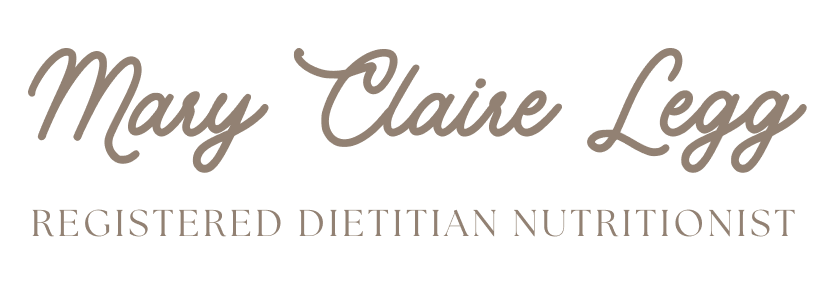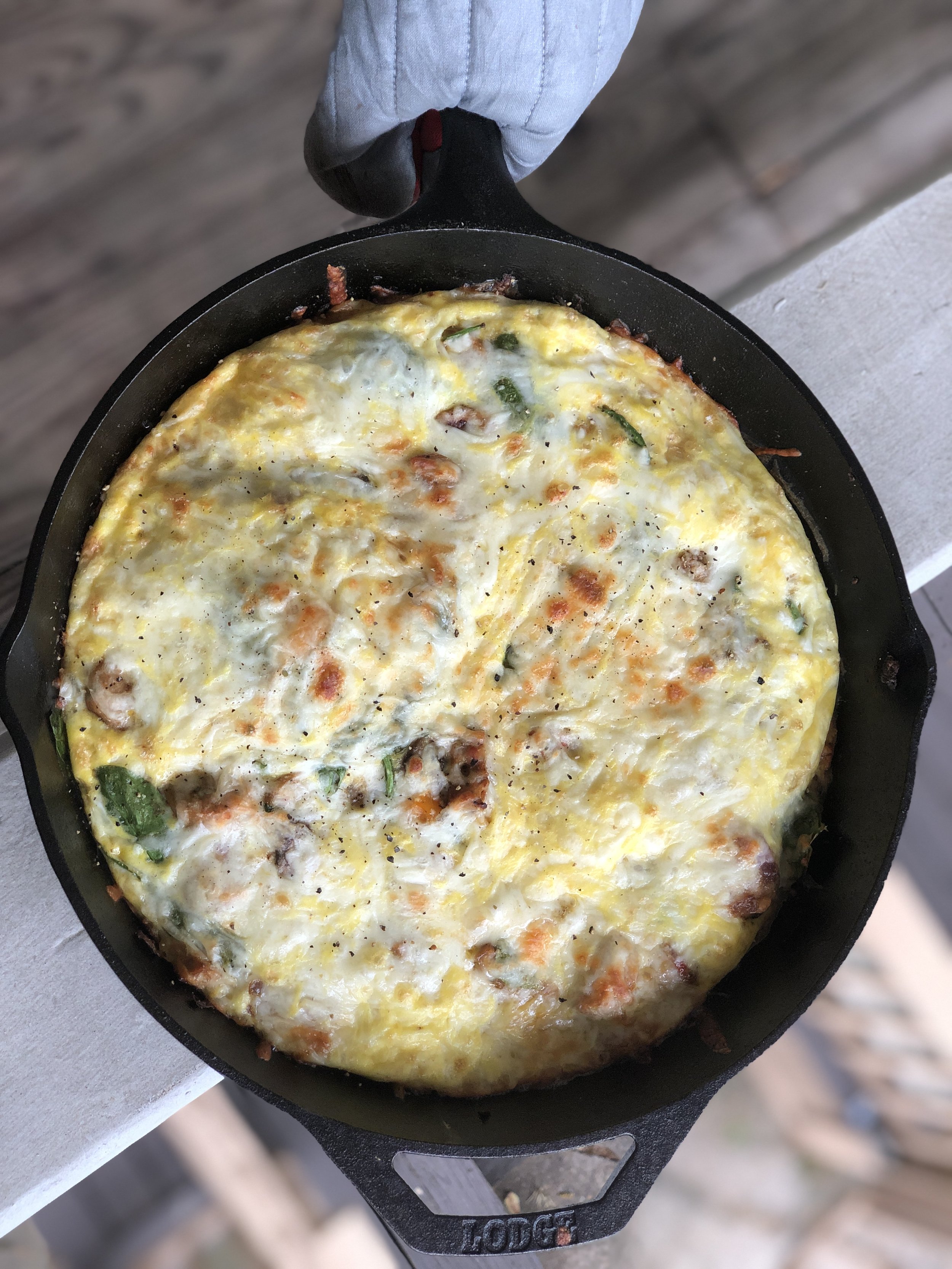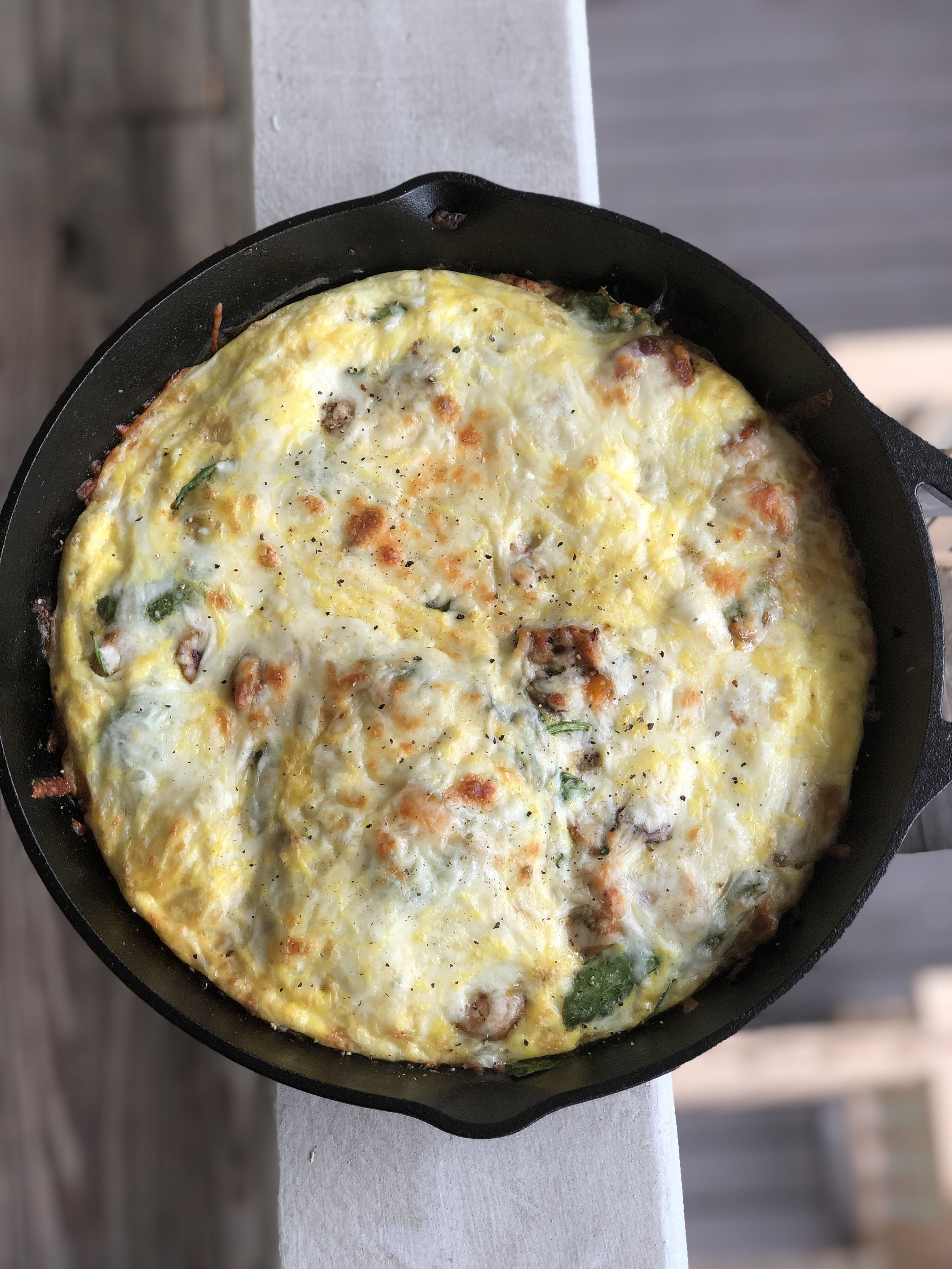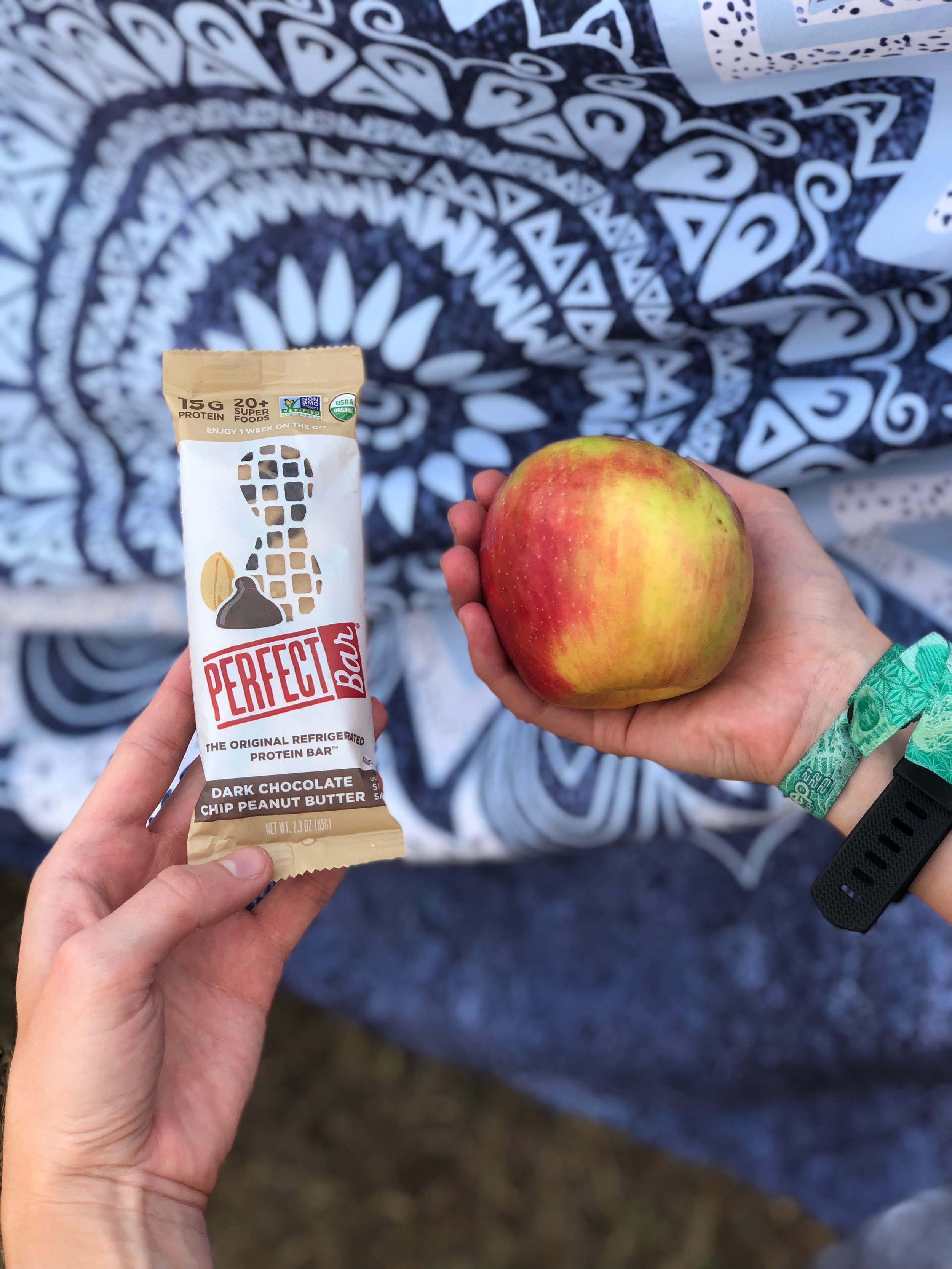Last weekend, my fiance and I spent Friday night in watching one of our favorite TV shows and decompressing from a long work week. As we were getting ready for bed, I started to think about what I wanted to eat the next day (Does anyone else do this?!). I love planning out meals and dreaming up recipes and food combinations I think might pair well together. I understand this is not everyone’s jam, and I realize there are likely individuals out there who might even loathe this idea. When creating recipes, I try to put myself in someone else’s shoes who I think might connect with it. Would they want to try to recreate it? Does it look too intimidating? Are they familiar with the ingredients?
One of the reasons I love what I do so much is the ability to help people connect with food in a real and tangible way. It can be easy to opt for the easy route; grabbing fast food after work, getting take out, or skipping a meal all together. One of my goals with Redefining Real Food is to create and share recipes that can be easily prepared, taste delicious, and utilize real foods and real ingredients. So, back to my Friday night in getting ready for bed. The idea of an egg frittata popped into my head. I envisioned what was in my fridge and pantry and knew I had the items to successfully make one. Fast forward to Saturday morning and while utilizing a cast iron skillet, real foods, and creativity my simple egg frittata was born!
What I love about this recipe is the flexibility to customize it based on one's preferences. If mushrooms aren’t your jam, use tomatoes. If you hate tomatoes, use asparagus or broccoli or anything you have on hand! If you don’t like chicken sausage, feel free to omit it entirely. This recipe can be tailored to fit anyone's preferences and serves as a neat way to pack multiple servings of vegetables into breakfast time.
I’d also like to address the potential whole eggs vs. egg whites only vs. no eggs at all debate. Over the years we have been told to not eat eggs as they contain dietary cholesterol and may affect our health long-term. What we now know is that most of the cholesterol in our body is made by our liver and does not come from the cholesterol we eat. I often get asked if egg whites are better than whole eggs largely for the dietary cholesterol concern. Don’t skimp on the yolks! They are rich in antioxidants lutein and zeaxanthin, choline (a vitamin beneficial for brain and nerve health), and various vitamins including A, B, and D. If you have the financial ability and access, I’d recommend choosing good quality eggs as the vitamin/mineral content will be higher. Look for organic and pasture-raised on labels to ensure you are getting the best quality.
I encourage you to make this recipe for you and your loved ones, I guarantee it to be a crowd pleaser!
Simple Egg Frittata
12 inch cast iron skillet - I love this one from Lodge Cast Iron!
½ red onion, diced
1 cup mushrooms, diced
1 bell pepper, diced
3 links chicken sausage, diced
3 big handfuls spinach
8 good quality eggs, whisked
½ cup mozzarella cheese
Salt & pepper to taste
Optional: 1 tsp cayenne pepper
Directions: Saute onion, mushrooms, bell pepper, and chicken sausage in a 12 inch cast iron skillet or any oven safe pan. Add spinach and cook until wilted. Add eggs, top with cheese, and transfer to a 375 degree oven for 5-7 minutes until golden brown. Serve with your favorite fruit on the side for a balanced breakfast!
Enjoy,
Mary Claire
Resources:
https://www.health.harvard.edu/heart-health/are-eggs-risky-for-heart-health


















